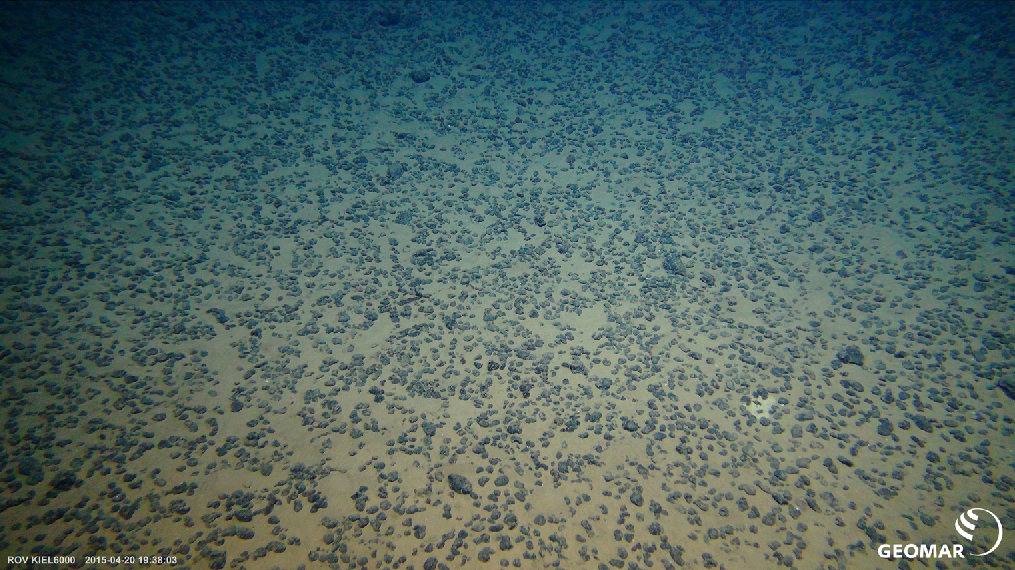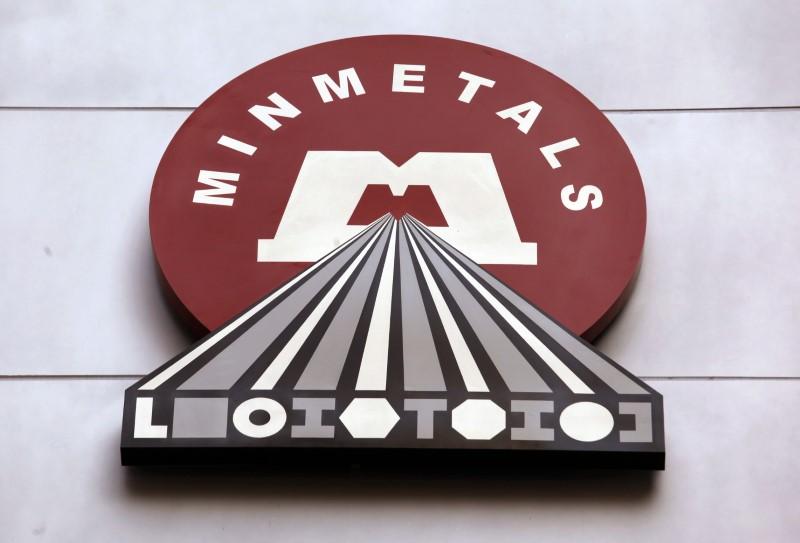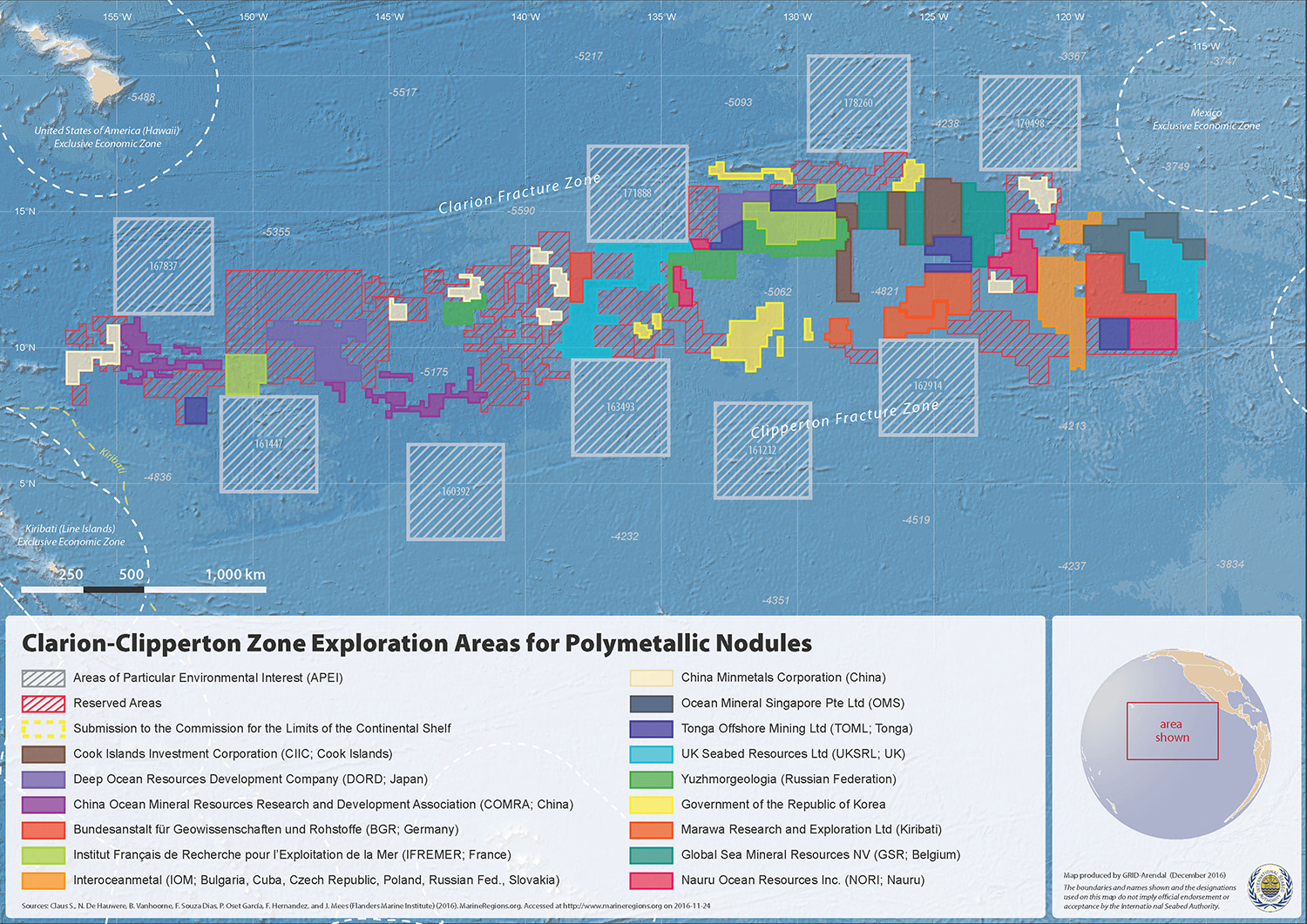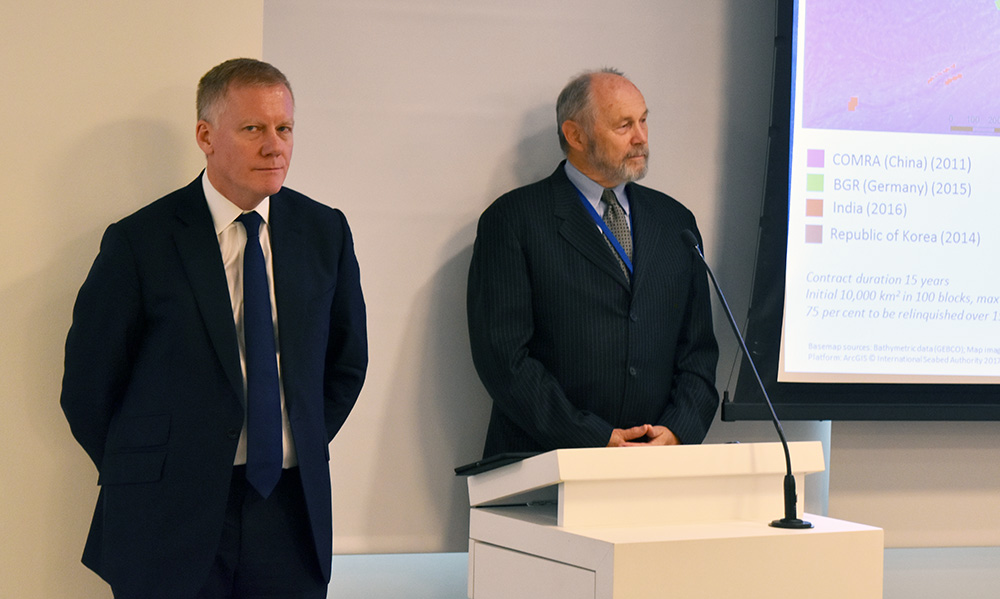Scattered across the abyssal plain at depths from 4000 to 6500 meters, polymetallic nodules are the most abundant and broadly distributed of the three major ore types currently being pursued by deep-sea mining companies. Originally referred to as manganese nodules, this small, potato-sized accretions on the seafloor were first discovered during the Challenger Expedition in the 1800’s. Even at that early date, scientists on board were already speculating about the potential mineral wealth looked inside these nodules.
With the current challenges faced by companies seeking to exploit seafloor massive sulphides, polymetallic nodules have once again risen to the forefront as deep-sea mining marches slowly towards production. Though the deepest and most difficult to access of the deep-sea ores, the abundance and potential value of polymetallic nodules is highlighted by the sheer number contractors attempting to exploit them. Of the 29 current ISA exploration leases, 18 are for polymetallic nodule fields, all but two of which are located in the Clarion-Clipperton Fracture Zone.
Polymetallic nodules occur in vast fields spread across the world’s abyssal plains at depths that exceed 4000 meters. Unlike other deep-sea ores, nodules are not attached to the seafloor but rather sit on top of the sediment where they can, hypothetically, be gently plucked with minimal disturbance to the surrounding ecosystem. Often initiated by a nucleating agent like a shark’s tooth, pteropod shell, bone, or other small, hard object that falls to the ocean floor, they grow slowly over millions of years as minerals in seawater accumulation around the nodule. They are especially abundant in the Clarion-Clipperton Fracture Zone in the Pacific Ocean, where numerous contractors intend to mine them. Mature nodule fields can be tens to hundreds of millions of years old. The precise chemical process that causes nodules to form is not fully understood.
Polymetallic nodules are primarily composed of manganese and iron, however, they are also rich in cobalt, nickel, and copper, in commercially viable quantities, as well as traces of molybdenum and rare earth elements.
Biodiversity in polymetallic nodule fields, as well as generally across the abyssal plain is poorly characterized. Intensive studies within the CCZ have revealed communities of deep-sea organisms that thrive on and around the nodules, as well as generic fauna commonly associated with the broader abyssal plain. Due to the vast expanse of nodule fields, they do not possess the extreme local diversity observed at seafloor massive sulphides. Initial experiments looking at potential disturbance caused by nodule extraction indicates exceptionally long recovery time, which is expected for these long-lived and generally undisturbed regions.
The primary challenges for collecting polymetallic nodules are the depths at which they occur and the vast areas they cover. Unlike seafloor massive sulphides and cobalt-rich crusts, polymetallic nodules are spread across massive areas of the deep abyssal plain. Contractors’ equipment not only has to cope with the incredible pressure at these depths as well as the difficulty of bringing collected nodules to the surface, but also the sheer scale of the operation, which can stretch across hundreds or thousands of square kilometers.
Eighteen contractors currently hold ISA exploration leases to assess the value of polymetallic nodule fields for future extraction in the Area. The Government of India holds the only lease block in the Indian Ocean. Beijing Pioneer Hi-Tech Development Corporation sponsored by the government of China holds a lease block in the Western Pacific Ocean. All other leases are in the Clarion-Clipperton Fracture Zone, including two contractors sponsored by China–China China Minmetals Corporation and China Ocean Mineral Resources Research and Development Association (who has two leases) while two lease blocks for UK Seabed Resources Limited are sponsored by the UK. Belgium sponsors Global Sea Mineral Resources; Kiribati sponsors Marawa Research and Exploration Limited; Germany sponsors Federal Institute for Geosciences and Natural Resources of Germany; France sponsors IFREMER; Japan sponsors Deep Ocean Resources Development Co. Limited; and the Russian Federation sponsors JSC Yuzhmorgeologiya. Other contractors, including Cook Islands Investment Corporation; Ocean Mineral Singapore Private Limited; Tonga Offshore Mining Limited; and Nauru Ocean Resources Incorporated are sponsored by their eponymous states. A coalition of six states, including Bulgaria, Cuba, Czech Republic, Poland, Russian Federation and Slovakia, sponsor Interoceanmetal Joint Organization.
Featured image: Polymetallic nodule field. Image courtesy GEOMAR.






